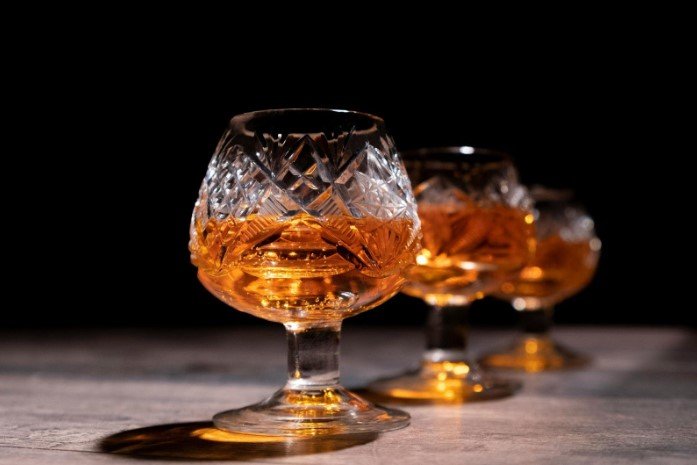Whisky isn’t created equal, as you know. The subtle variances between bottles give each whiskey its particular flavour. This article will explain the main distinctions between Scotch and Bourbon, letting you enjoy your next drink.
Geography
Scotland makes products such as Kilchoman Single Malt Whisky and Scotch. Some say Bourbon was called after Bourbon County, Kentucky, while others say the French Bourbon family created it. Both spirits must be manufactured in America to be called Scotch.
Spelling
What does “whisky” signify from “whiskey”? The term “whisky” originates from the Gaelic words meaning ‘water of life’. Irish distilleries added an “e” to distinguish their whiskey from Scotch, while England, Scotland, Japan, and India spell it as it is in Scotland.
The Rules
Scotch and bourbon distilleries must follow strict rules. Scotch cannot be termed Scotch if not made in Scotland. Scottish whisky must be distilled at 94.8% and bottled at 40%. Barrels of sherry and bourbon oak may mature Scotch for three years. US-made bourbon must be 80% ABV and 40% packaging.
Two years in fresh oak barrels mature Bourbon, unlike Scotch. Distilleries affect bourbon and scotch ageing. Kentucky produces most Bourbon, which ages quickly in summer. Whiskey enters and leaves the wood barrel with temperature. Temperature changes increase cask spirit migration.
Ingredients
Scotch and Bourbon need yeast, water, and fermented grain mash. The two mashes use different grains. Scotch whiskies consist of malted barley, grains, and caramel colours. Liquorland sells Scotch, a refined spirit that adds depth and character to any collection. Conversely, Bourbon must include at least 51% maize, rye, and barley. Although this grain percentage is the minimum, most distilleries utilise 70-90% corn.
How You Drink It
Scotch and Bourbon are consumed differently since they are separate beverages. First, ‘on the rocks’ is widespread in America but not Islay bars. Ice lowers Scotch’s temperature, reducing its flavour. However, specific bourbons taste better with ice. Kilchoman is best drunk neat or with a dash of water, but Gleneagles Hotel has made some excellent Kilchoman-based cocktails.
Taste
This is the most essential distinction since whiskey tasting takes so long to master. Scotch whisky tastes and fragrances differ significantly from distillery to distillery and area to region. Speyside whisky has a nutty, fruity flavour, whereas Lowlands triple distilled malt may include grass, cinnamon, and ginger aromas. Kilchoman whiskey, created on Islay, has smokey scents and deep peat tastes.
Bourbons may contain a trace of smoke but are mostly sweet. They mature in fresh charred oak barrels, which provide sweetness. As bourbon ages, barrel wood sugars progressively infuse it with caramel flavour. Not all bourbons taste the same; this sweetness might be vanilla, butterscotch, or honey.
We hope this article dispels some myths about bourbon and scotch whiskies. Use your newly acquired information to refute anybody who says, “All whisky is the same,” the next time they say it. It is crucial to recognize the distinctive qualities of both Bourbon and whisky. Do you prefer one over the other?


